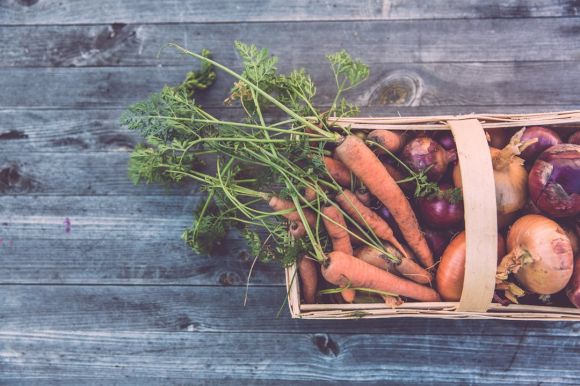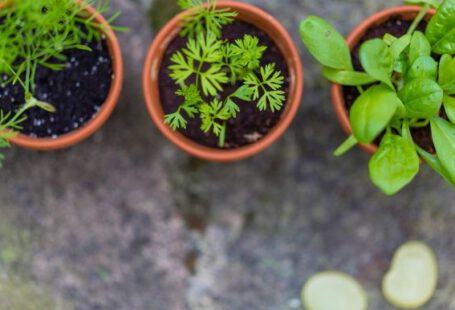Vegetable gardening is a rewarding and enjoyable activity. However, it can be disheartening to see your beloved vegetables succumb to diseases. Fortunately, there are several proactive measures you can take to prevent common vegetable diseases. By following these guidelines, you can ensure the health and productivity of your vegetable garden.
Select Disease-Resistant Varieties
One of the most effective ways to prevent vegetable diseases is to choose disease-resistant varieties. Many seed catalogs and nurseries provide information about the disease resistance of different vegetable varieties. Look for varieties that are resistant to common diseases in your area. By selecting disease-resistant varieties, you can greatly reduce the risk of your vegetables falling victim to diseases.
Practice Crop Rotation
Crop rotation is a tried and true method of preventing diseases in vegetable gardens. Different vegetables are susceptible to different diseases, so rotating your crops each year can help break the disease cycle. For example, if you grow tomatoes in one bed one year, plant a different vegetable, such as lettuce or beans, in that bed the following year. This helps prevent the buildup of disease pathogens in the soil and reduces the likelihood of disease outbreaks.
Maintain Proper Spacing
Proper spacing is crucial for preventing the spread of diseases in vegetable gardens. When plants are spaced too closely together, there is limited airflow, which creates a favorable environment for diseases to thrive. Ensure that you follow the recommended spacing guidelines for each vegetable variety. This will allow for adequate airflow and reduce the risk of diseases spreading from plant to plant.
Practice Good Sanitation
Maintaining good sanitation practices is essential for preventing the spread of diseases. Start by removing any diseased plant material from your garden as soon as you notice it. Dispose of it in a sealed bag or burn it to prevent the spread of pathogens. Additionally, regularly clean your gardening tools and equipment to prevent the transmission of diseases. This includes disinfecting pruning shears, shovels, and other tools with a solution of bleach and water.
Water Properly
Proper watering is key to preventing diseases in vegetable gardens. Many diseases thrive in wet conditions, so it is important to water your plants at the base to avoid wetting the leaves. Watering in the morning allows the foliage to dry quickly, reducing the risk of diseases taking hold. Avoid overhead watering, as it can lead to the spread of fungal diseases. Instead, use a soaker hose or drip irrigation system to deliver water directly to the soil.
Implement Natural Pest Control Methods
Pests can often act as vectors for diseases in vegetable gardens. By implementing natural pest control methods, you can reduce the risk of diseases spreading. Encourage beneficial insects, such as ladybugs and lacewings, to your garden by planting flowers that attract them. These insects prey on pests, keeping their populations in check. Additionally, using organic pest control methods, such as neem oil or insecticidal soap, can help control pests without harming beneficial insects.
Conclusion: A Healthy Vegetable Garden
By following these preventive measures, you can create a healthy and disease-free vegetable garden. Remember to select disease-resistant varieties, practice crop rotation, maintain proper spacing, practice good sanitation, water properly, and implement natural pest control methods. With these strategies in place, you can enjoy a bountiful harvest of healthy and delicious vegetables. Happy gardening!





